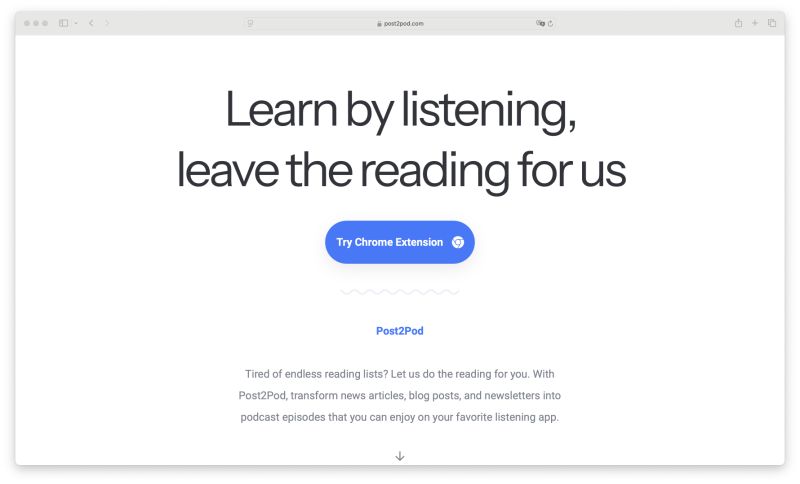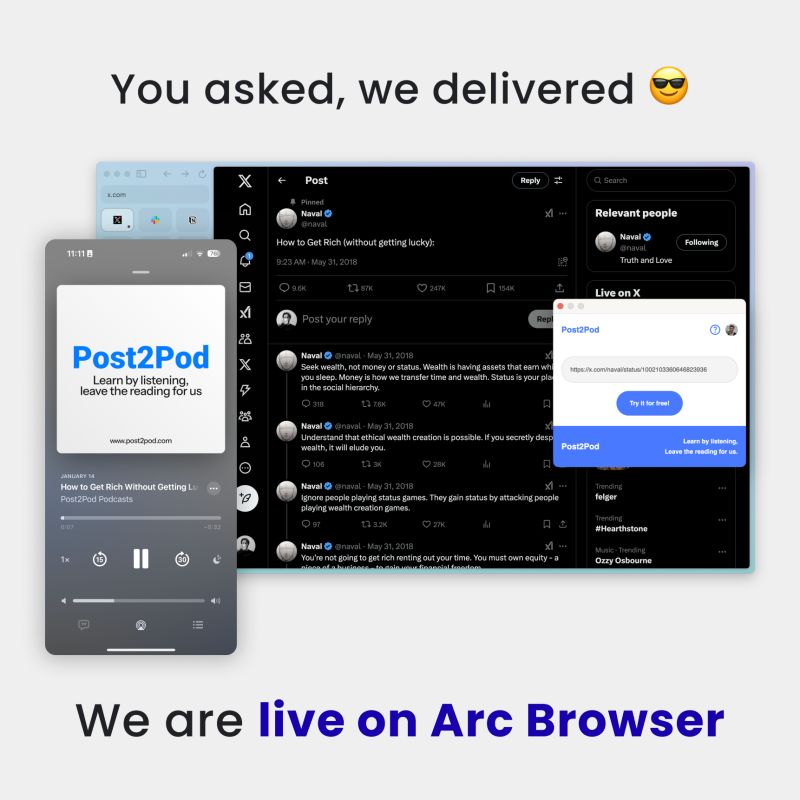Hello I'm
Guilherme Pinheiro.
Full Stack Software
Engineer.
Based In
Portugal.
I am an engineer driven by the desire to make an impact through technology.
Backed by Master's degrees in Engineering and Business Innovation, I build
systems and entrepreneurial ventures that create real value. I approach every
challenge with energy and integrity, constantly looking for the next concept
to learn and apply.





